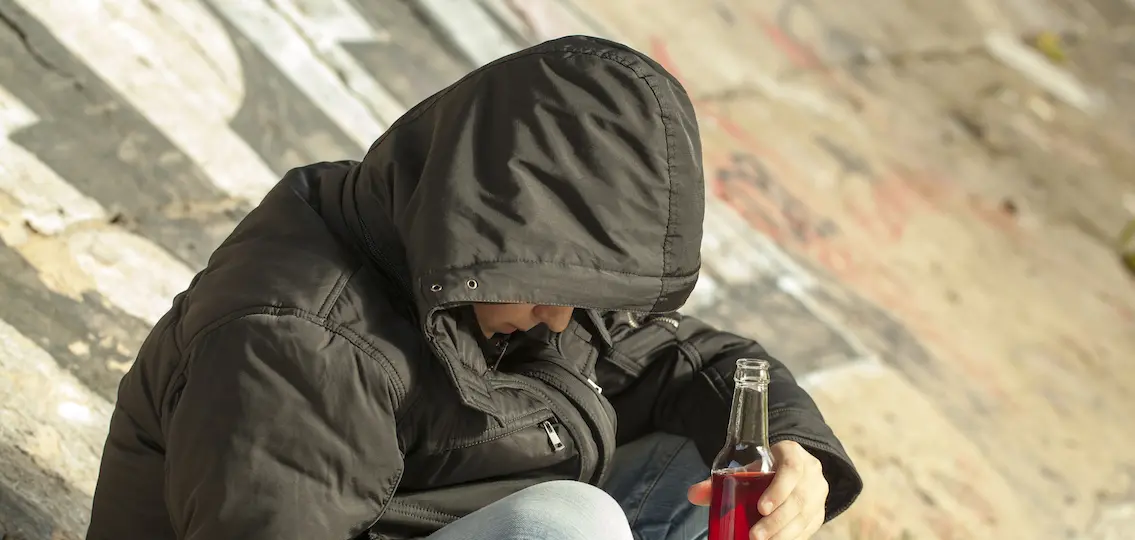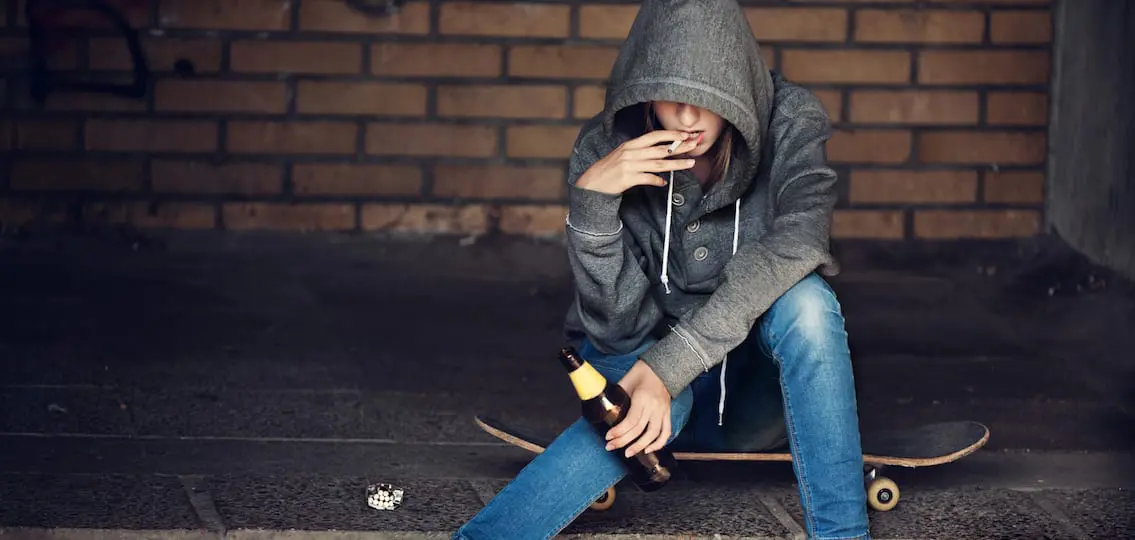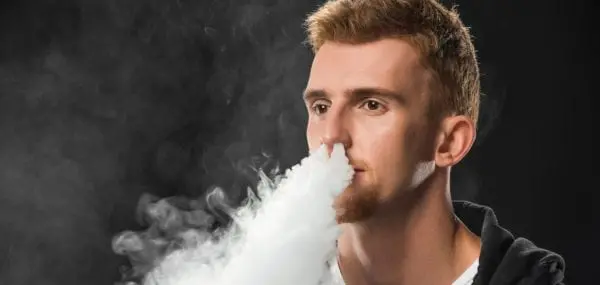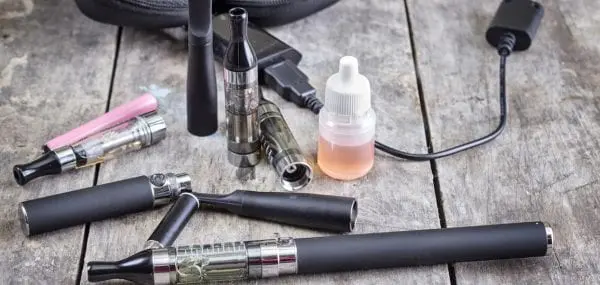Over the past 25 years, researchers have learned a lot about what’s going on inside your adolescent’s head. That includes how the adolescent brain responds to recreational drugs and alcohol. Their finding about drugs and the teenage brain are important for parents and teens to understand.

“Adolescence is a time when the parts of the brain that are particularly sensitive to recreational drugs are still developing,” explains Dr. Laurence Steinberg, a professor of psychology at Temple University and author of the book, Age of Opportunity: Lessons from the New Science of Adolescence.
In fact, when adolescents use recreational drugs before the age of 15, they are 10 times more likely to develop a substance abuse problem than if they were to delay experimentation until after 21.
Here’s why.
Drugs and the Teenage Brain: A Dangerous Combination
Teenagers’ brains are still developing the reward system (also known as the limbic system), which is what allows us to experience pleasure. When we have a rewarding experience—eating a delicious meal, winning a game, listening to music, and so on—our brain releases Dopamine and that makes it pleasurable.
But drugs and alcohol interfere with the limbic system’s normal development. The molecular structure of recreational drugs looks similar enough to Dopamine that the adolescent brain—which has many more Dopamine receptors than the adult brain—treats them the same.
“As those artificial chemicals from alcohol and other drugs get into the brain, the brain makes less Dopamine. It thinks it has enough,” Steinberg explains. “And as the brain makes less Dopamine, it starts to require more and more of the recreational drug in order to get the same feeling you would normally get naturally.”
So when those adolescents grow up, they’re ten times more prone to addiction than their non-recreational-drug-using peers.
A major effect of drugs on the teenage brain is that their early experimentation permanently changes their brain’s reward system.
Now recreational drugs are not only more enjoyable, but also more necessary for their brains to experience the pleasure a “normal” brain can produce on its own.
Delaying Drug Use for Teens
Researchers understand the importance of delaying adolescents’ use of recreational drugs, but how do we do it? Well, brain science can help here too, Steinberg says.
“Just say no” has long been the mantra of parents—and experts—when it comes to talking to adolescents about drugs and alcohol. But the problem is, it doesn’t work that well. According to the National Center for Addiction and Substance Abuse (CASA) at Columbia University, 75 percent of U.S. high school students have used drugs and alcohol and almost 50 percent continue to use those substances regularly.
The adolescent’s developing brain, in particular the reward system, is at play again here. During adolescence, the self-regulatory part of the brain is not as powerful as the reward system. In other words, the rewards of using drugs and alcohol—like popularity—outweigh your adolescent’s ability to say no, despite the negative consequences.
Steinberg has several recommendations to help keep your adolescent away from these substances.
7 Strategies to Deter Teens from Drugs and Alcohol:
1. Explain the science behind drugs and the teenage brain.
“Giving your adolescent a lecture on ‘this is bad for your brain’ probably is not going to do very much, but I think it’s good they at least understand it,” Steinberg says. “Adolescents enjoy learning about the adolescent brain, but whether this is going to stop them from trying these things is a whole different story.”
2. Frequently explain your expectations.
Talk early and often with your adolescent about your expectations that he will not use drugs and alcohol. Again, this may not necessarily prevent your adolescent from using these substances, but if it makes him think twice, you’re ahead of the game. Also, remind him that it’s illegal to use alcohol or legalized marijuana (and then only in states in which it is legal) until age 21.
3. Limit your adolescent’s opportunities for risky behavior.
“The prime time for experimenting with these things is in the afternoons, after school, when adults aren’t around,” Steinberg says. “The more you can make sure your teenager is in healthy, supervised activities after school and not just hanging around with friends, the more you are going to deter experimentation.” Unsupervised parties are also a bad idea.
4. Limit access.
If you smoke, don’t leave your cigarettes around (note: nicotine is among the most addictive substances your teenager is likely to experiment with). Likewise, be cautious with your liquor supply and never keep prescription painkillers in an accessible spot, like your bathroom.
5. Delay as long as you can, but at least until 18.
The longer you can prevent your teenager from using these substances, the less they will impact their brain. Does that mean until age 21? There’s no certain answer, Steinberg says. “Delaying it to 18 or later is going to be very important. Whether it makes a difference to delay it after 18 is something we don’t yet know.”
6. Help your teen figure out how to say no.
Help your adolescent come up with what to say when he’s offered drugs or alcohol by a peer. “You’re going to a party. What are you going to say if this happens?,” says Steinberg. “For example, ‘My mom would kill me if she smelled cigarette smoke on me’ or ‘I’m playing basketball this season. That’s why I’m not drinking now.’ Whatever the adolescent feels comfortable with.”

7. Be careful what you’re modeling.
Model a healthy relationship to these substances at home; if you’re struggling with a substance abuse problem, get help. “We don’t say this enough, but adolescents know a lot about using these substances from watching their parents. If you have a problem with drinking or drug use, you need to get that under control. By not getting help, you are setting an example your children will follow.”




